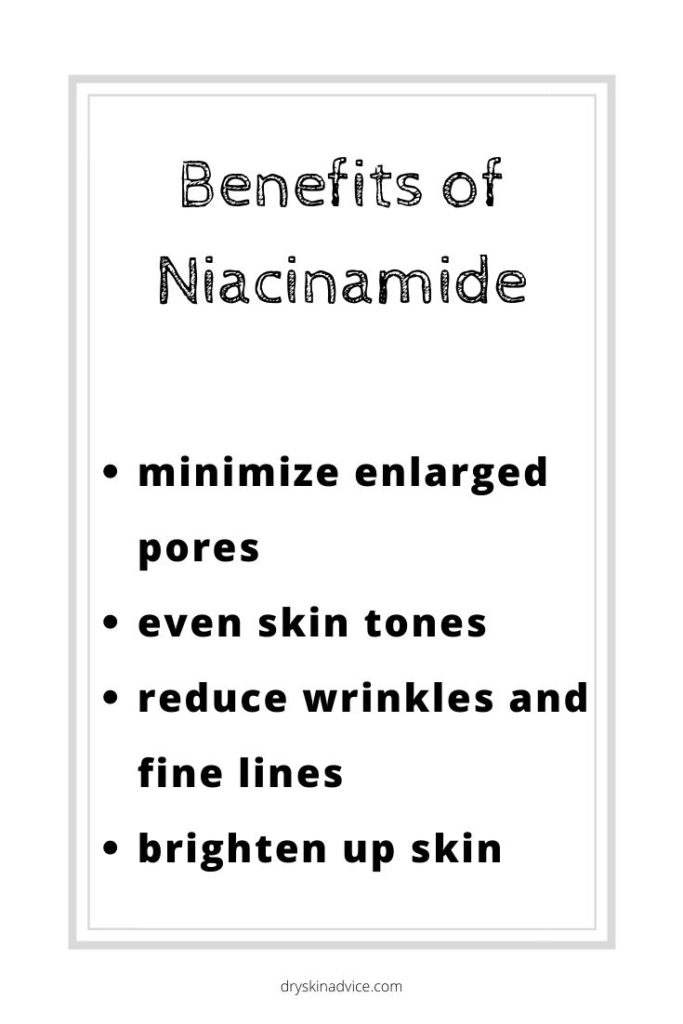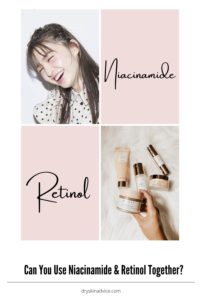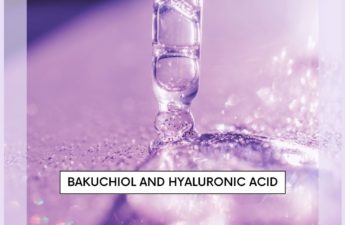When you’re looking for products for your skincare routine a few questions might go through your mind. Will this cause irritation? How does it benefit me? Am I allergic to any of the ingredients? And another common question would be will the ingredients in these products work well with other products?
As you may know, there are many different skincare ingredients that serve various purposes such as repairing damage skins, reducing signs of aging, and even stimulating your skin to produce its own healing properties. Layering skincare products is never easy as you will always get confused if the ingredients should actually be used together. Even if you do know the answer, you might later start to wonder how would you actually put the ingredients into your skin so that it gives you the effect you are trying to achieve.
Can Niacinamide and Retinol Be Used Together?
Niacinamide and retinol work well together. When the two are paired together it would boost anti-aging effects as both ingredients have the ability to stimulate collagen production & fight free radicals. Bear in mind that niacinamide should be used at low percentages especially for first-timer. It is best to start with a lower concentration such as 5%.
Moreover, niacinamide can reduce side effects caused by retinol such as burning, redness and tingling sensation. These two ingredients are basically a match made in heaven as they compliment each other well. Niacinamide would decrease the irritation on your skin that happens due to the use of retinol.
How Do You Apply Niacinamide and Retinol Together?
Always start with niacinamide and then apply retinol on top of it. Niacinamide is a water-soluble ingredient while retinol is actually an oil-soluble ingredient. Water-soluble ingredients should always be applied before oil-soluble ingredients for better absorption.
In addition, niacinamide is generally a safe ingredient to use on most skin types, including sensitive skin. It reduces irritation caused by retinol. You should also give it a gap before applying retinol to ensure that the various pH levels in the ingredients do not cancel out the other. Niacinamide has the best effects if used twice a day while retinol is best advised to only be used at night.

Benefits of Niacinamide
With niacinamide, your skin will be able to be firm and healthy as niacinamide helps your skin form keratin. To further elaborate, niacinamide is basically a water-soluble vitamin that works together with the natural components in your skin to minimize enlarged pores, even our skin tones, soften the appearance of wrinkles and fine lines, gets rid of dullness as well as making the skin barrier stronger.
Niacinamide reduces the appearance of pores like magic. It ensures that the debris does not get backed up as it would eventually lead to clogs and rough, bumpy skin texture. While the clog begins to form and gets worse over time, you will then notice enlarged pores that are beginning to form.
Not only does niacinamide help with anti-aging and pore reduction but it can also aid in treating acne and reduces the production of melanin. The reason we want to reduce the production of melanin is to avoid hyperpigmentation which actually causes certain areas of the skin to appear darker. This means you can use niacinamide to reduce those dark circles around your eyes.
Along with all the benefits mentioned above, niacinamide can even reduce damages caused by environmental factors and also signs of past damage. Niacinamide is an excellent ingredient to repair the skin barrier.
Besides, this ingredient can be paired with almost any ingredient and it is also tolerated by most skin types even for those of you that have rosacea. Niacinamide also has additional benefits such as restoring the skin’s surface from moisture loss and dehydration. It does this by helping the skin produce more ceramides. As you may already know, without ceramides your skin may appear to be dry and flakey. This is why you need niacinamide as it enables your body to make more ceramides.
Benefits of Retinol
Now that you know about niacinamide let’s take a look at how retinol could help our skin. Retinol is well known for aiding skin in reducing the signs of aging, it helps the skin through its anti-aging properties. Retinol is considered a vitamin A product that helps to boost the skin’s production of collagen. It has the ability to give you smoother skin while reducing sun spots, fine lines, and even wrinkles.
Moreover, retinol could also be used to treat acne. In fact, retinol has such a good reputation in treating acne, it basically has the ability to clear up breakouts if one uses it. Just try browsing through the internet and you will be able to find various reviews of how retinol has aided in not only clearing acne but also the scars that are caused by acne.

Side Effects of Retinol
So now that you know what retinol is good for, you should also be aware of the side effects that it could cause towards your skin. When you are using retinol for the first time you may notice some changes in your skin. The common side effects of using retinol include dryness, burning, redness, itchiness and it could even cause your skin to start peeling.
To get used to retinol you should start by using a small amount on your skin (maybe three-four times a week). Yes, retinol may include hydrating ingredients to help your skin from drying but that does not mean the side effect will not turn up. Just remember that it is normal and if you’re worried you could always seek help from a dermatologist.
If you have certain skin problems such as rosacea, eczema, or psoriasis you may want to avoid the use of retinol as it could worsen these conditions. The use of retinol would cause more inflammation on your skin if you have the mentioned skin problems. If you are unsure if you should or should not use retinol, try seeking help from a professional and they might be able to provide you with the right answer based on your skin type.



